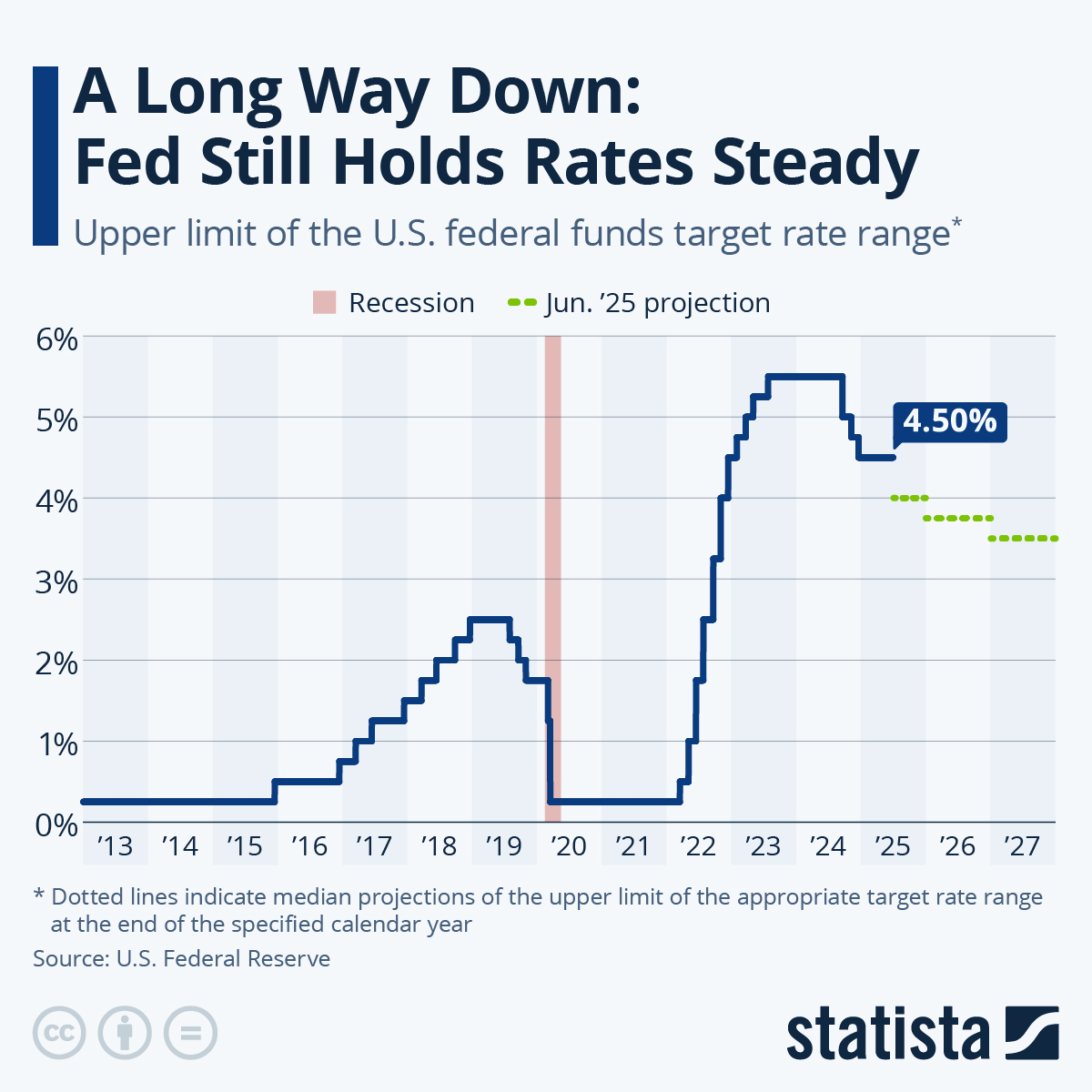As expected, the Fed decided to keep its policy rate steady for the third consecutive meeting, while clearly signaling that rate cuts are on the horizon for 2024. Following a two-day meeting of the Federal Open Market Committee (FOMC), Fed chairman Jerome Powell announced that the target range for the federal funds rate would be kept at 5.25 to 5.50 percent, publicly admitting for the first time that the policy rate "is likely at or near its peak for this tightening cycle." At the same time, he didn't rule out further tightening in case incoming economic data suggests that things are moving in the wrong direction.
As opposed to its September meeting, when the Fed had also kept its policy rate steady but signaled at the same time that it would likely have to keep higher rates for longer than previously anticipated, there were no mixed messages this time. The latest median projection for the midpoint of the target rate range at the end of 2024 is 4.6, down from 5.1 in September, meaning that FOMC members are now expecting three rate cuts next year. The projection for the end of 2025 was also lowered by 30 basis points, from 3.9 to 3.6, as inflation is expected to cool slightly quicker than previously projected.
"Inflation has eased from its highs, and this has come without a significant increase in unemployment. That is very good news," Powell said in a press conference on Wednesday. "But inflation is still too high, ongoing progress in bringing it down is not assured, and the path forward is uncertain," he added, cautioning against premature celebrations and complacency.




















